

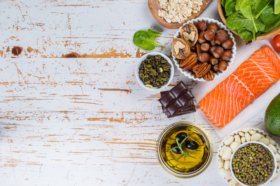

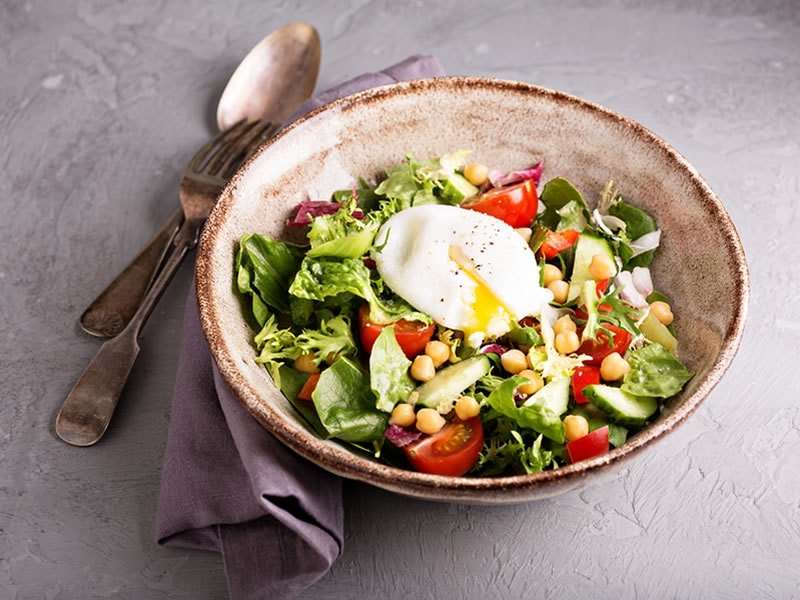
The body needs protein to function properly. While it is important to use it to defend against certain diseases, they also allow you to lose fat and increase your body weight gain. You do not know in which foods to find this essential nutrient? Here are 19!
They are highly protein (6 grams per unit), yellow more than white otherwise. Filled with vitamins, minerals and antioxidants, they also contain nutrients essential for the proper functioning of the brain.
While most of them contain between 20% and 26% protein, the palm is held by Parmesan , which has 36%. However, they can not be your only source of this nutrient since it is advisable to consume cheese in a reasonable quantity, not more than 40 grams per day .
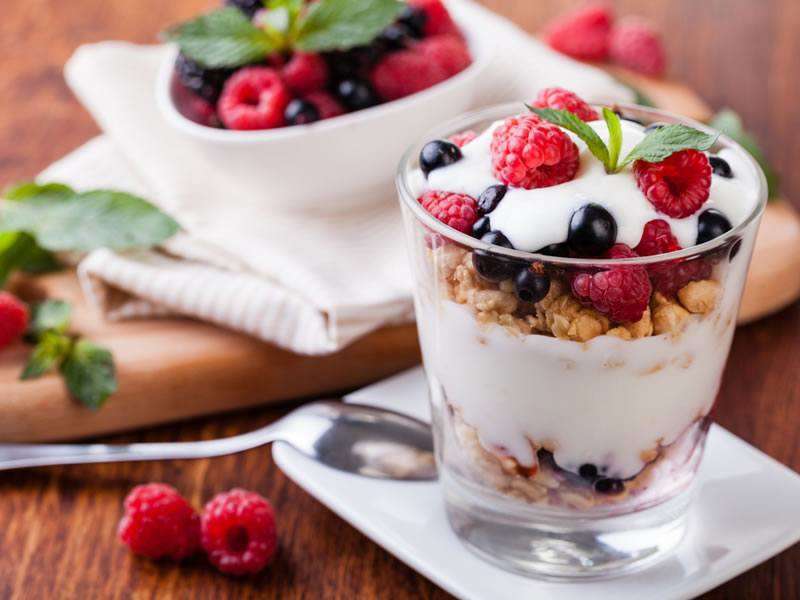 Many people do not like to drink plain milk, or are intolerant. If this is not your case, eat it is excellent because in addition to being rich in protein (8 grams for a cup), it is also a source of calcium .
Many people do not like to drink plain milk, or are intolerant. If this is not your case, eat it is excellent because in addition to being rich in protein (8 grams for a cup), it is also a source of calcium .
Poor in fat, cottage cheese contains nearly 13 grams of protein and barely 1% fat per 100 grams. Very good also for the intestinal flora , thanks to the probiotics that compose it, it is preferred, unlike Greek yogurt, which is very caloric.
The flanket , also called small breast, is the most protein piece (30%), in front of the sirloin (27%). Note that the cooking method will strongly influence this rate: the more meat is cooked, the higher it will be.
Giblets, in general, are not very popular, but are rich in protein and iron . Not insignificant detail, they are not very caloric.
The hare is low fat and, with a protein content of more than 20%, is the game to be preferred.
Chicken and other white meats contain on average 20% protein, are low in fat , and low fat, if eaten without the skin.
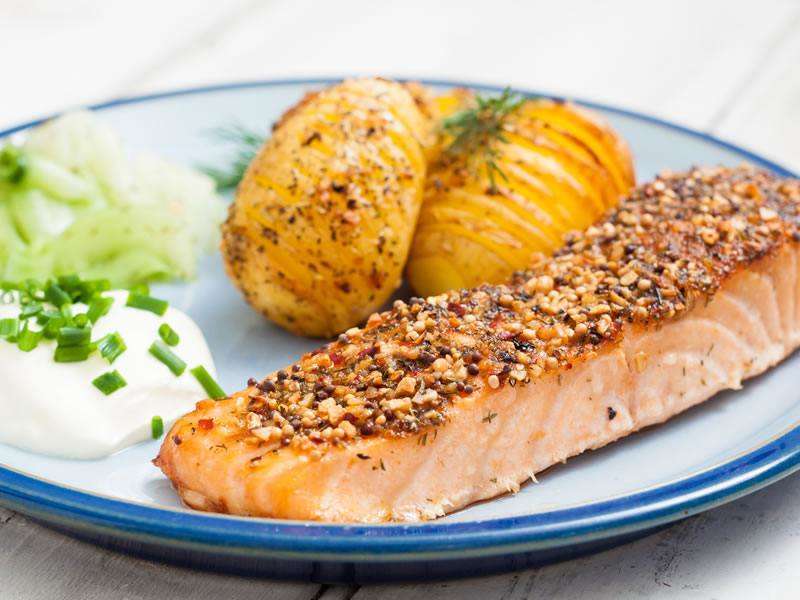 Tuna , which is low in fat and calories, is high in protein (25 grams per 100 grams consumed), as is salmon (20 grams per 100 grams).
Tuna , which is low in fat and calories, is high in protein (25 grams per 100 grams consumed), as is salmon (20 grams per 100 grams).
Crustaceans , in general, are a very good source of protein, like crab , mussels , scallops and shrimps . Filled with omega 3 and B12 vitamins, a 100 gram serving equals 21 grams of protein.
100 grams of this legume contains 16 grams of protein, but also 10 grams of fiber, equivalent to almost half of our daily needs. They are also rich in antioxidants and iron , and low in calories.
Other legumes, such as beans and chickpeas , are also good to consume to replenish this essential nutrient.
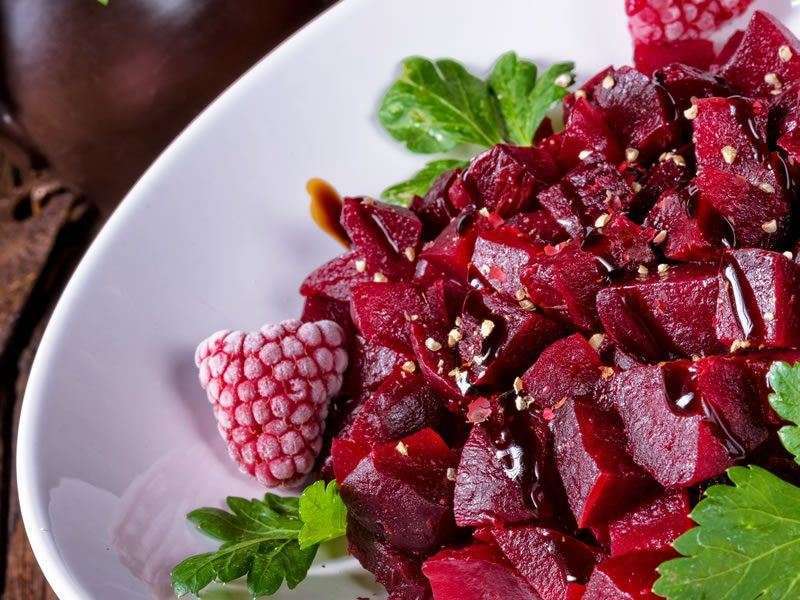 Among the vegetables to savor for protein , these four are to promote.
Among the vegetables to savor for protein , these four are to promote.
Artichokes and beets are also powerful antioxidants , as is maize, which plays a role in preventing cardiovascular disease. Mushrooms are rich in iron, zinc and vitamin B.
Starting with broccoli , which in addition to being source of potassium, fiber and vitamin C, contains 3 grams of protein for a plate of 100 grams.
Kale , a kale that has become fashionable a few years ago by detox experts, provides as much protein as broccoli, and is also low in calories.
Brussels sprouts are also preferred to fill up with fiber and other nutrients necessary for the proper functioning of our body.
Eating peanut butter , even if this food is fat, is good for health if it is consumed in small quantities because in addition to being rich in protein (just over 6 grams for a portion of 25 grams), it also provides fiber and magnesium.
Other oilseeds can also be eaten for their protein content: nuts , pistachios and almonds .
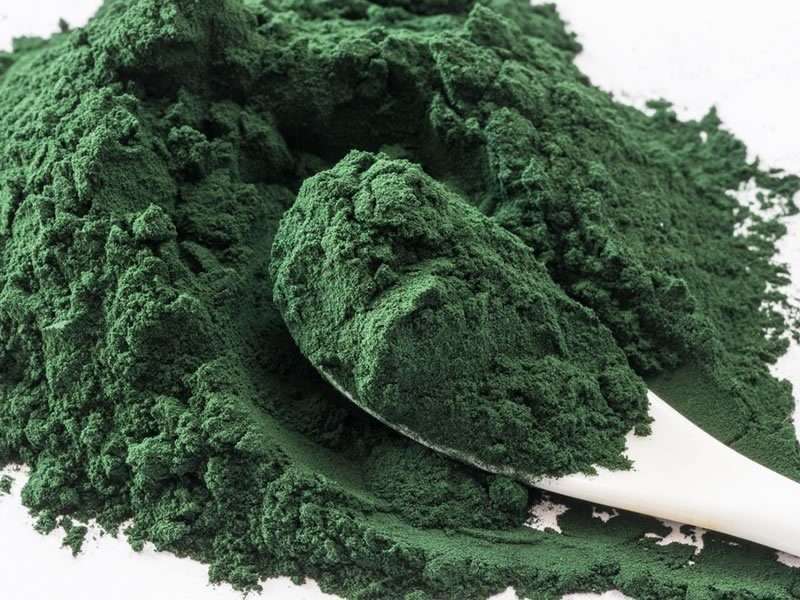 Whether sunflower , flax , squash , pumpkin , or quinoa , seeds are good for your health. Soy , in the form of seeds, but also of tofu, is also recognized its virtues.
Whether sunflower , flax , squash , pumpkin , or quinoa , seeds are good for your health. Soy , in the form of seeds, but also of tofu, is also recognized its virtues.
This super food is the winner among those mentioned above since 100 grams of this seaweed contains 57 grams of protein. Also rich in iron , it is advisable to consume 5 grams per day , in the form of food supplements, powder or capsules.